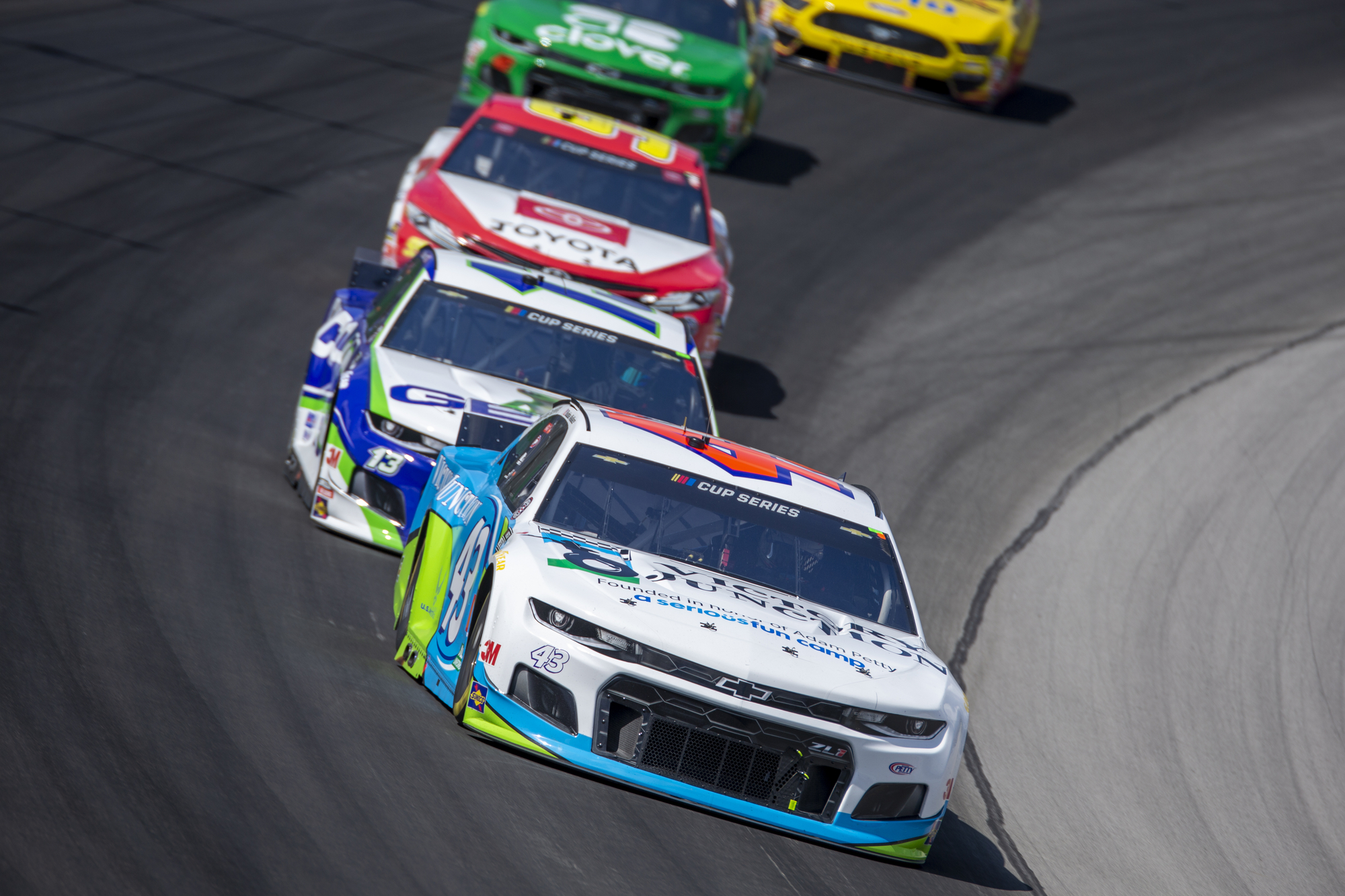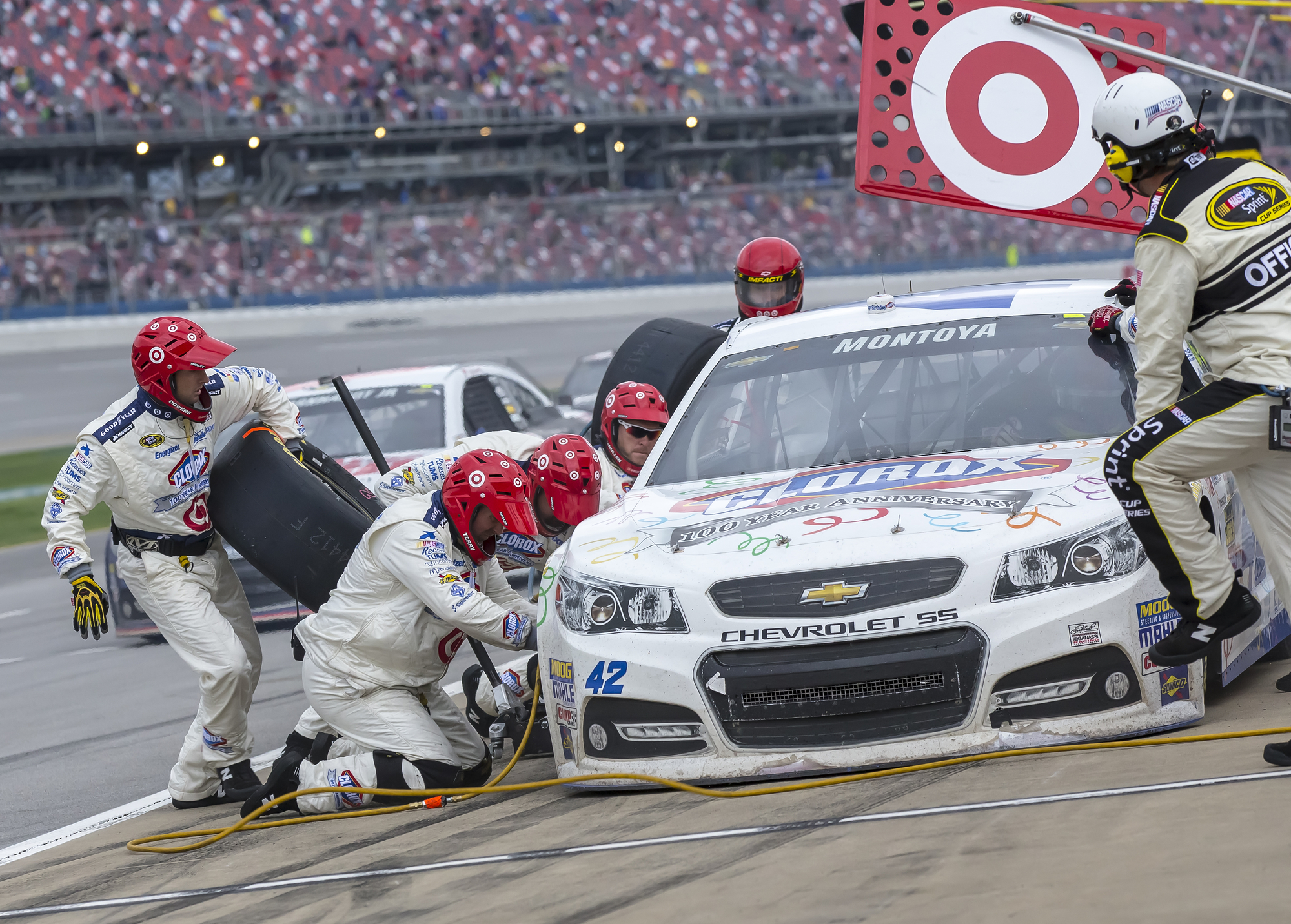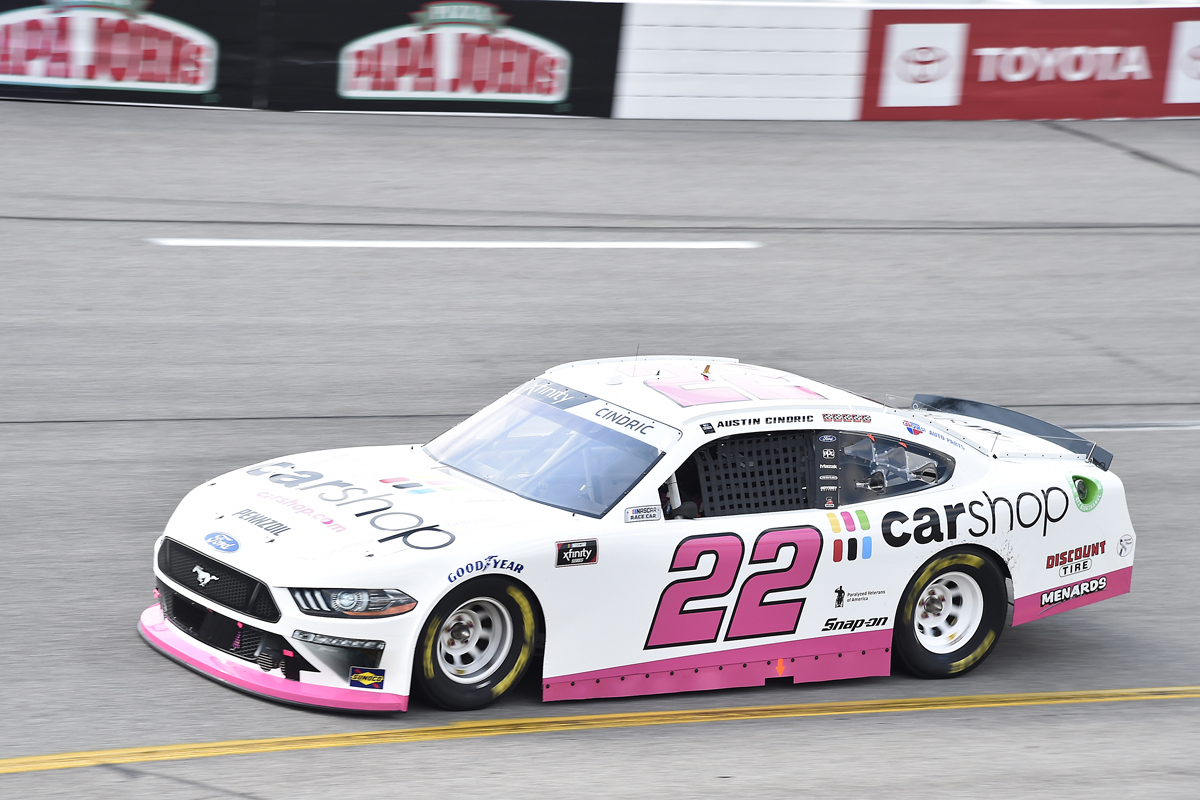How much weight do NASCAR drivers lose after a race?
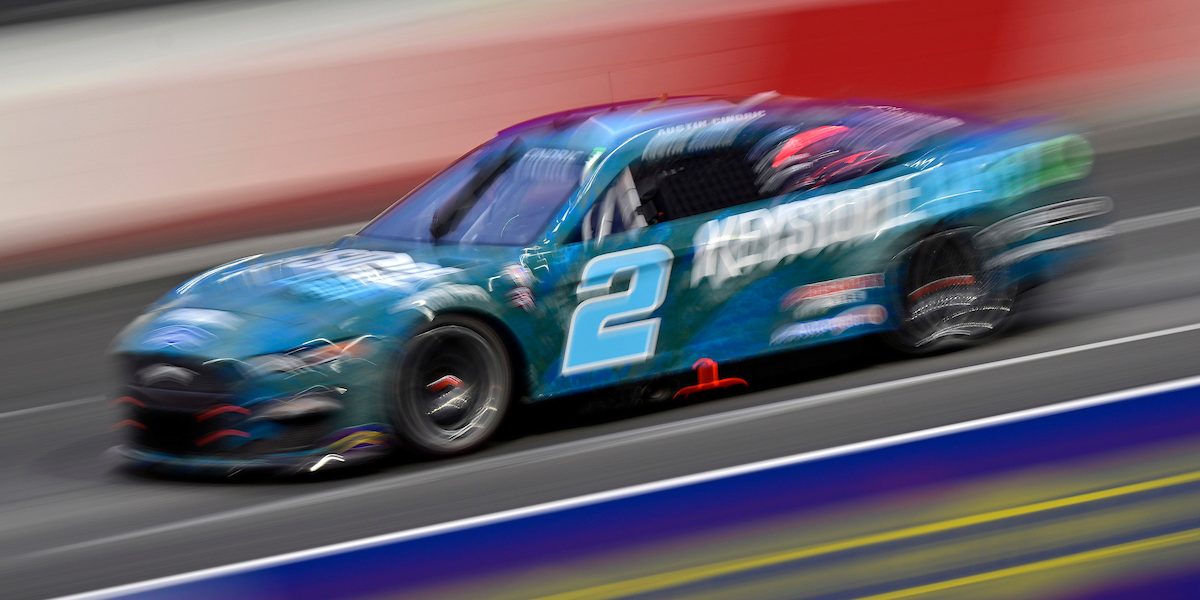
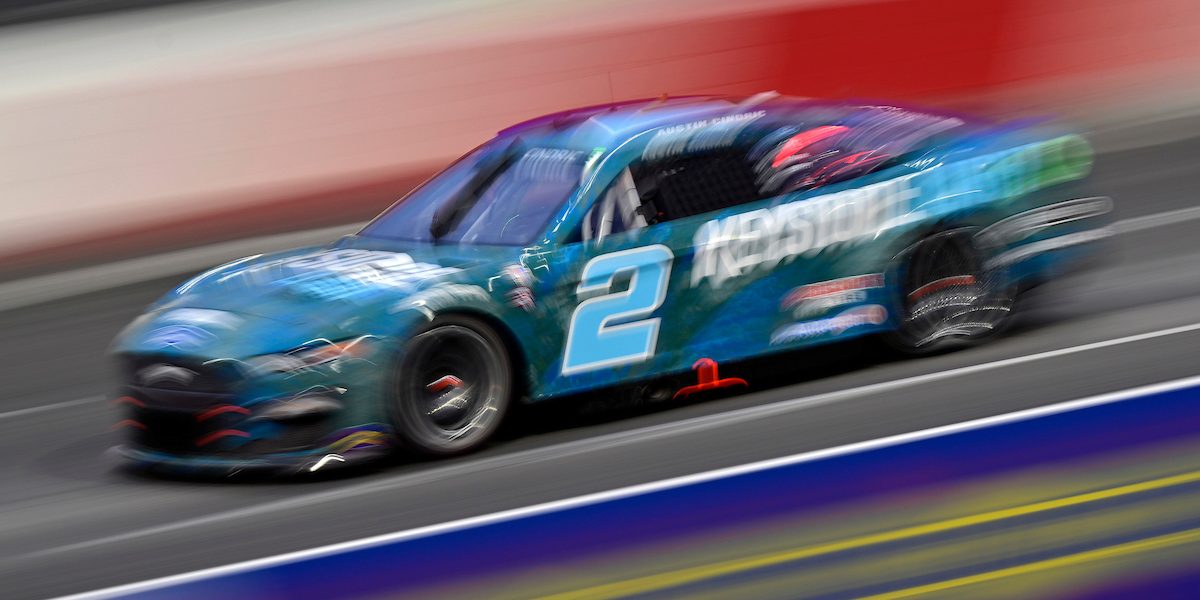
NASCAR is one of the most physically demanding sports in the world, requiring drivers to maintain focus and control while navigating high speeds and intense G-forces for hours on end. But what many people may not realize is just how much physical strain these drivers endure during a race, including significant weight loss due to heat and dehydration. In this article, we’ll explore just how much weight NASCAR drivers typically lose after a race, and what impact this can have on their health and performance.
Table of Contents
Physical demands of NASCAR racing
NASCAR racing is a grueling test of endurance, requiring drivers to maintain focus and control while navigating a high-speed, high-pressure environment for up to several hours at a time.
The physical demands of NASCAR racing are significant, with drivers experiencing extreme heat and G-forces that can put a strain on their bodies.
In addition to the mental and emotional stress of the race, drivers must also contend with the physical demands of maintaining a tight grip on the steering wheel, controlling their breathing, and staying hydrated in the face of intense heat and humidity.
Despite these challenges, NASCAR drivers are some of the most well-trained and physically fit athletes in the world, with many employing rigorous training regimens to help them stay in top shape.
Heat and humidity inside the car
Driving in NASCAR races can take a toll on drivers’ physical performance. High temps and humidity in the car create a tough environment, testing their mental and physical strength. As the race goes on, the heat rises, making drivers sweat and lose fluid. With no air circulation, it’s hard to stay hydrated. Plus, heat causes fatigue, messing with concentration and judgment.
Cooling suits and devices help reduce body temp, but they don’t always work. The cramped cockpit adds another layer of discomfort due to limited movement. This can lead to fatigue-induced crashes and passing out at the wheel.
Drivers must stay in top physical shape and follow a strict training routine. Hydration before and during the race is key. NASCAR isn’t just about speed; it’s also about skillful driving under extreme conditions. If you want to get into that driver’s seat, remember it takes more than adrenaline. Being physically prepared is essential!
G-forces during the race
The G-forces during a NASCAR race are extreme. They put pressure on muscles, bones and organs. A table of the forces is below:
| Direction | G-force |
|---|---|
| Turning Left | 3.5 |
| Turning Right | 3.0 |
This creates immense pressure on the heart and lungs. It is hard to breathe and concentrate. Acceleration and deceleration also create G-forces.
To be ready for high G-forces, drivers need physical training and conditioning. That way they can build strength and endurance. FYI: Waiting in line for a porta-potty at a NASCAR race burns even more calories than driving one!
Factors affecting weight loss after a NASCAR race
The amount of weight a NASCAR driver loses after a race can vary depending on a number of factors, including the length of the race, the temperature and humidity of the track, and the driver’s own physical fitness and hydration levels.
Drivers who are less fit or who are not properly hydrated before a race may experience more significant weight loss due to dehydration and heat exhaustion. Additionally, longer races or those with more caution flags may lead to more weight loss as drivers spend more time on the track and are exposed to more heat and exertion.
Overall, the amount of weight loss experienced by a NASCAR driver after a race can be a significant indicator of their physical fitness and ability to compete at the highest levels of the sport.
Length of the race
Races of different lengths have a major effect on weight loss for NASCAR drivers. It can range from a 20-lap sprint to a 500-lap marathon. Each brings unique obstacles and demands on the driver’s body.
Short races (under 200 laps) lead to a loss of 2-3 lbs on average. Medium-length races (200-400 laps) see 3-5 lbs lost. But long races (over 400 laps) result in a loss of 5-8 lbs.
For shorter races, drivers don’t lose as much weight because they don’t spend as much time in the car. But longer races require greater endurance, with higher temps and fewer breaks for food or hydration. This leads to double or triple the water weight loss.
External conditions like temperature and humidity also affect post-race weight loss. But it’s clear that drivers burn thousands of calories and lose a lot of water weight in just a few hours.
The University of Arizona’s College of Medicine found that drivers can lose up to ten pounds during a single race.
Track temperature
The surface temp of a race track is an important factor for athletes’ performance and weight. When it’s hot, drivers can lose a lot of water weight. Data shows that races in temps over 85°F result in extreme dehydration and an average body weight loss of 5-7 lbs. Tire overheating can also be a risk.
Nighttime races usually have cooler temperatures, which require less hydration and cause less fatigue. Newer tech has enabled better cockpit ventilation too, keeping racers alert for longer.
NASCAR has protocols to protect against heat exhaustion, but external factors still impact performance. Organizers and drivers must monitor and adjust for track temperatures during events.
In the past, drivers were exposed to high temps without proper ventilation or hydration, leading to heatstroke. Researchers and regulators now work together to manage extreme conditions better.
Driver’s hydration level
Weight loss is a key factor for NASCAR drivers. They need to keep their water level optimal to maintain essential bodily fluids, electrolytes, and minerals. This helps regulate internal temperature, metabolic activity, and heart function. Hydrating well lets drivers race longer, do better, and avoid fatigue with less weight loss.
Extreme sweating from heat inside the car and hot engine fumes during a race means a driver must hydrate before and during the race. Water is the go-to, with zero calories and much-needed liquids.
If water levels are too low while racing, more fluid is lost than if they are sufficient. This affects performance and leads to extra weight loss after the race. Proper hydration prevents this.
We spoke to a retired NASCAR driver who experienced exhaustion due to dehydration. He described times he felt dizzy or even fainted due to it. So, he decided to focus on hydrating more for each race. This improved his health and reduced the weight loss post-race.
Average weight loss of NASCAR drivers after a race
To understand the average weight loss of NASCAR drivers after a race with studies and research, and to compare the weight loss between drivers, we have two sub-sections. These sub-sections will provide you with a deeper understanding of the physical demands of NASCAR racing and the impact it has on drivers’ bodies.
Studies and research on weight loss
Studies have been done to find out the effects of strenuous activities on weight loss. Results from various studies show:
| Study | Participants | Average Weight Loss |
|---|---|---|
| Effects of High-Intensity Exercise | Athletes | 1-3% |
| Impact of Marathon Running | Marathon Runners | 2-6% |
| NASCAR Drivers post Race Weight Loss | NASCAR Drivers | 5-10lbs (varies) |
We can see that NASCAR drivers lose more weight than other athletes. This is because they spend several hours in hot temperatures without many fluids.
Comparison of weight loss between drivers
Weight loss comparisons of NASCAR drivers after a race can give us an idea of how much they exerted themselves. A table with their pounds and percentages of body weight lost shows how much they sweated. Driver A lost 5.5% and driver B lost 4%. However, weather conditions may also have an effect.
These comparisons mean rehydration strategies must be tailored for each driver separately. Drinking electrolyte-containing fluids and munching on high-sodium snacks can help them get back all the fluids they lost. During races, keeping hydrated is important to avoid exhaustion and get better lap times.
Strategies to manage weight loss during and after a Nascar race
Given the significant physical demands of NASCAR racing and the potential for significant weight loss due to heat and dehydration, drivers must employ a range of strategies to manage their weight and maintain their health during and after a race.
One key strategy is to stay properly hydrated before, during, and after the race, consuming plenty of fluids and electrolytes to replace those lost through sweat.
Drivers may also wear specialized cooling suits or use ice packs to help regulate their body temperature during the race.
Additionally, many drivers employ nutritionists and personal trainers to help them develop healthy eating and exercise habits that can support their physical fitness and recovery after a race.
Optimal hydration practices
Optimizing water intake is essential for athletes. A pre-race hydration plan and sweat rate monitoring can help adjust fluid intake to prevent dehydration and overhydration. Consuming electrolyte-rich drinks and foods also helps maintain fluid balance and boosts performance.
At race stops and breaks, athletes should drink enough fluids to replace water weight without feeling uncomfortable or bloated. Thirst is a good indicator of hydration status, as over-hydrating can lead to hyponatremia. Urine colour should be regularly checked to monitor body fluid balance.
Weighing before and after a race is a great way to get feedback on fluid replacement. Weight loss can indicate under-hydration while weight gain can indicate too much fluid consumption. Consistent weight loss during races/training sessions can impair health or hinder optimal performance.
A marathoner shared his story of dealing with dehydration in his first race. He learned that a personalized hydration plan could make the difference in maintaining optimal body function and peak performance.
Nutrition and diet plans for drivers
Racing drivers need a good diet plan to support performance during and after a race. Proper nutrition and diet plans help get the body the vital nutrients it needs. Here are some key points:
- Eat balanced – carbs, protein and healthy fats.
- Drink enough fluids before, during and after the race.
- Choose low glycemic index foods.
- Avoid processed foods with sugar and sodium.
Research in the Journal of Sports Science found that beetroot juice in a driver’s diet can improve performance by increasing stamina and oxygen flow to muscles.
How much weight do NASCAR drivers lose after a race? – Key Takeaways
NASCAR drivers know that weight loss is serious business. Extreme temperatures and physical exertion during a race can cause them to drop a lot of weight. To ensure their safety, they adjust their diet, hydration and fitness habits. Neglecting to manage weight can lead to accidents on the track.
It’s not just about losing weight, but also about taking in the right nutrients and fluids pre-race, during and post-race. Drivers need to replenish lost fluids and nutrients quickly. NASCAR has strict rules for driver weights – for safety reasons.
Studies show drivers lose up to 10-12 pounds after one race! That weight loss can have long-term effects on performance.
Huffpost.com (2018) reported that pre-race, drivers consume several bottles of water mixed with electrolytes. This helps them stay hydrated and maintain their stamina.
How much weight do NASCAR drivers lose after a race? – Frequently Asked Questions
1. How much weight do NASCAR drivers lose during a race?
NASCAR drivers can lose anywhere from 5 to 10 pounds during a race due to extreme heat and sweating.
2. How do NASCAR drivers prepare to lose weight during a race?
NASCAR drivers often train in a sauna or wear layers of clothing to simulate the conditions of a race and prepare their bodies for extreme heat.
3. Can losing too much weight during a race be dangerous for NASCAR drivers?
Yes, losing excessive amounts of weight can lead to dehydration, heat exhaustion, and other serious health risks.
4. Do all NASCAR drivers lose weight during a race?
While most drivers do lose weight during a race, the amount varies depending on factors such as track temperature and individual health and fitness levels.
5. Do NASCAR drivers have specific diets to help them maintain their weight?
Many NASCAR drivers have specific diets tailored to their individual needs and goals, often working with nutritionists to ensure they are getting the proper nutrition while still maintaining their desired weight.
6. How long does it take for NASCAR drivers to recover after losing weight during a race?
The recovery process varies for each driver, but it typically involves rehydrating, replenishing lost nutrients, and rest to help the body recover from the physical stress of the race.






